In today’s article, we’ll dive into our camera bags and explore why we pack so much gear. More importantly, we’ll discuss why more and more photographers choose photography without a camera bag. In the past, I’ve suffered from the terrible habit of buying too many camera bags. What’s worse, I would either overstuff them with gear or think they didn’t suit the situation. I’d end up buying another one that I thought would work better. I recall my first trip to Tokyo, where I packed a camera backpack with two camera bodies and too many lenses. It weighed me down and became too much to manage. It also impacted my ability to live in the moment and enjoy everything Japan offered.

Pros and Cons Of Taking A Camera Bag
Don’t get me wrong, there’s a lot to like about choosing the right camera bag and packing your favorite cameras and lenses. It’s equally important to note that sometimes camera bags are more trouble than they’re worth. Let’s look at the pros first. A good quality camera bag keeps your camera, lenses, and daily essential items safe and secure. It’s vital if you’re traveling or even trekking to your local landscape spot. A camera bag protects your expensive camera equipment from rain, dust, ice, and potential theft. An ergonomically sound camera bag also provides a comfortable way to transport your essential gear from point A to point B. If you’re shooting wildlife with telephoto lenses or landscapes with a tripod, the right camera bag can support the extra weight and bulk.

As for the Cons, it all comes down to personal preference and your intended photography pursuit. Being safe is essential if you travel with your camera and lenses. Some camera bags make what they hold obvious. Large and loud branding is a dead giveaway that a photographer is in the neighborhood. If a camera bag doesn’t have adequate padding or partitioning, your expensive Canon RF Mount lenses will be bumping into each other. To work with a camera bag that’s ergonomic, safe, secure, and discreet, you’re going to have to spend big dollars. What if there was an easier way?

Benefits Of Keeping Your Camera On A Strap
One of the most significant benefits of ditching your heavy, uncomfortable, and potentially expensive camera bag is optimizing your photography moments. Photographers show up to events with these huge camera bags packed with quality lenses. Clearly, they know what they’re doing and have a lens for every occasion. It’s worse with backpacks, as you have to take them off and sit them somewhere while you look for a lens. However, these photographers spend more time fishing in their camera bag than looking through a viewfinder. Camera bags become a bottomless pit of lenses, lens caps, spare batteries, cleaning cloths, cables, and more. You should be hunting for compositions and not that lens in the bottom of your camera bag.

Your lenses are no good to you if they sit in a bag for most of the excursion. You’re far better off having that camera easily accessible by fitting it with a camera strap. I’m not referring to that dinky little paper-thin strap that came in the box with your camera. A high-quality camera strap is ideal for carrying your best camera and lens combo. Not only are they incredibly comfortable to wear, but the right strap also keeps your camera close to your body at all times. Rather than stop, hunt through your camera bag, find and fit the right lens, and then prepare to take the shot, you simply lift, point, and shoot. If travelling, a strong and tough camera strap lets you make the most of photographic opportunities while keeping your camera close to you and safe.

Neck, Shoulder Or Wrist Strap?
The one-size-fits-all strap included in the box with your camera doesn’t work for everyone. Some people like the simple purity of having a Fujifilm strap on a Fujifilm camera. But they’re too short for most people, and if you’re carrying a heavier kit, they will bite into your neck or shoulder. Fortunately, you have many options, including neck, shoulder, and wrist straps. Choosing the best camera strap depends on how you intend to use your camera and lenses. Photographers hiking with a Sony A7RV and Sony FE 70-200mm f2.8 GM would prefer a shoulder strap for optimal comfort and to support the combined weight. Fujifilm macro photographers typically use a padded neck strap for their X-T5 and XF 60mm Macro lens combo. As for us street photographers, we prefer a shorter wrist strap to keep a compact camera securely in our hands.

But What If I Need Another Lens?
What do you do if you need to work with more than one lens? Keeping your prime kit on a camera strap means that you can carry your other lenses, accessories, and daily essentials in a smaller bag. Reduce the weight on your shoulders and back, reduce the clutter in your bag, and spend more time hunting for the best shot rather than the best lens. If you’re courageous, you could even consider walking out the door without a bag at all! I know it’s a crazy idea, but hear me out.

Working with a single camera and lens is a great way to make the most of what you have with you at the time. Using a single lens will teach you much about your photography skills and how you compose shots and elevate your awareness of focal distances and aperture. I rarely take a camera bag with me these days - I’ll take a small sling at most to carry my spare banana. I carry my Fujifilm camera and lens combo on a wrist strap to be ready for the shot and enjoy the process and experience. You should give it a shot!


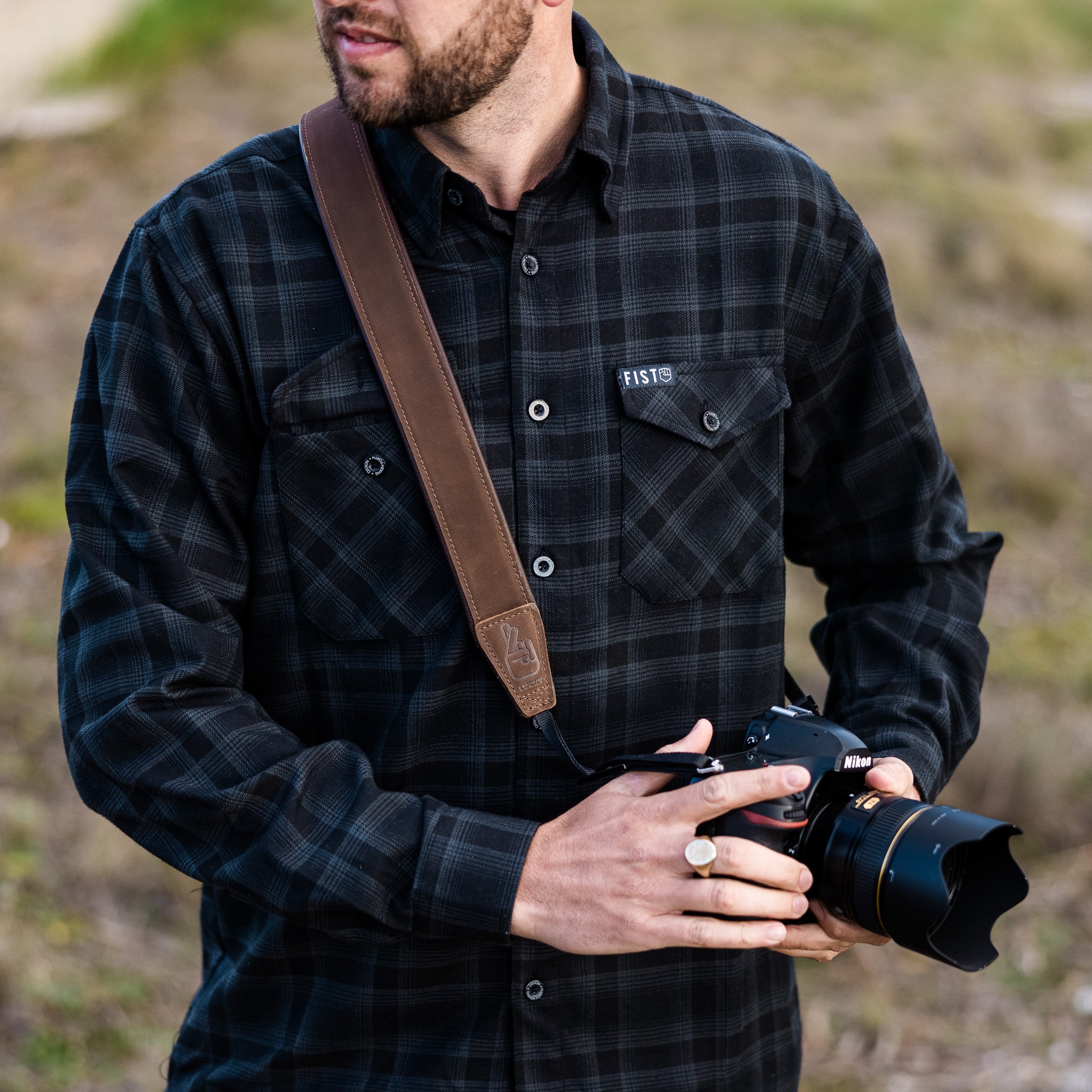
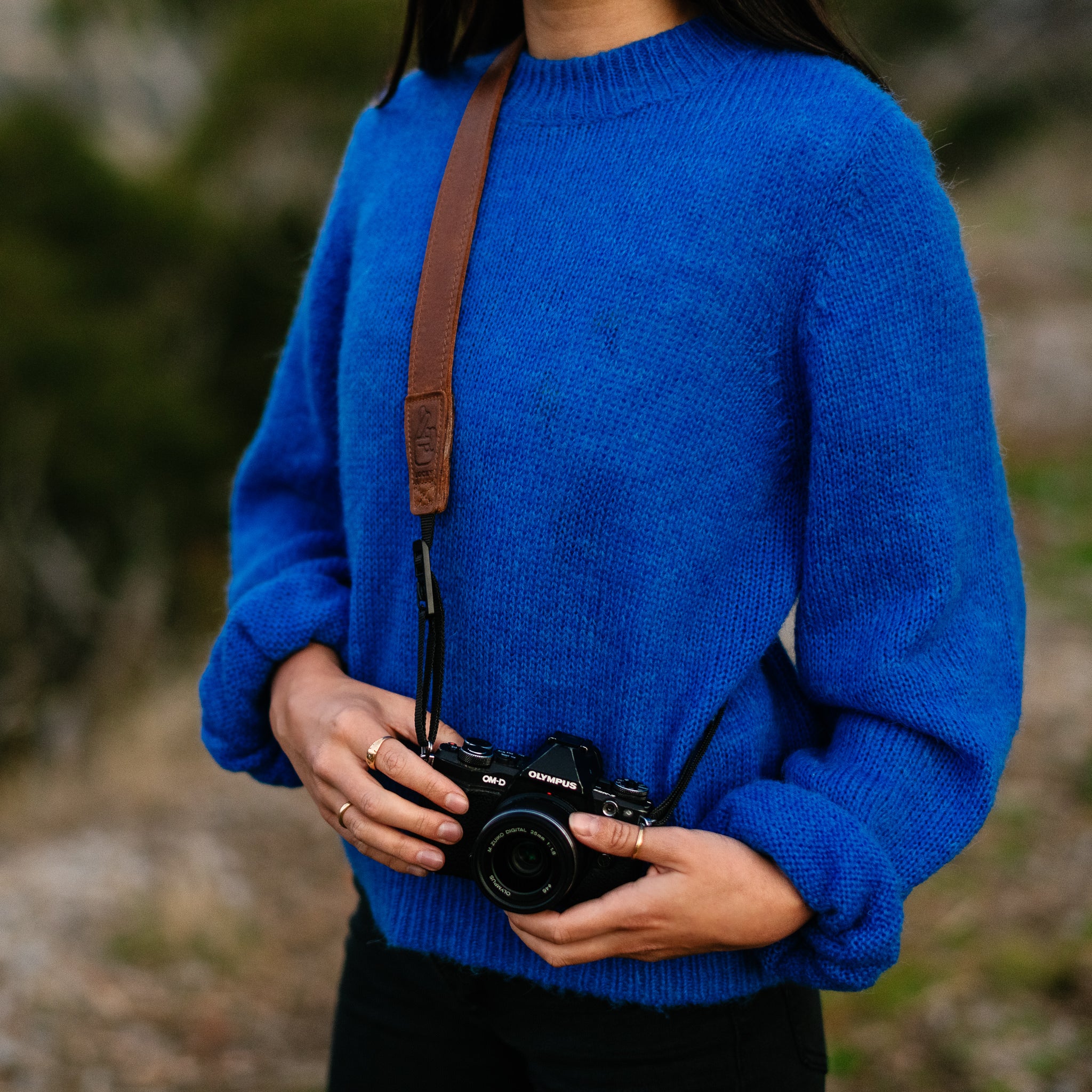
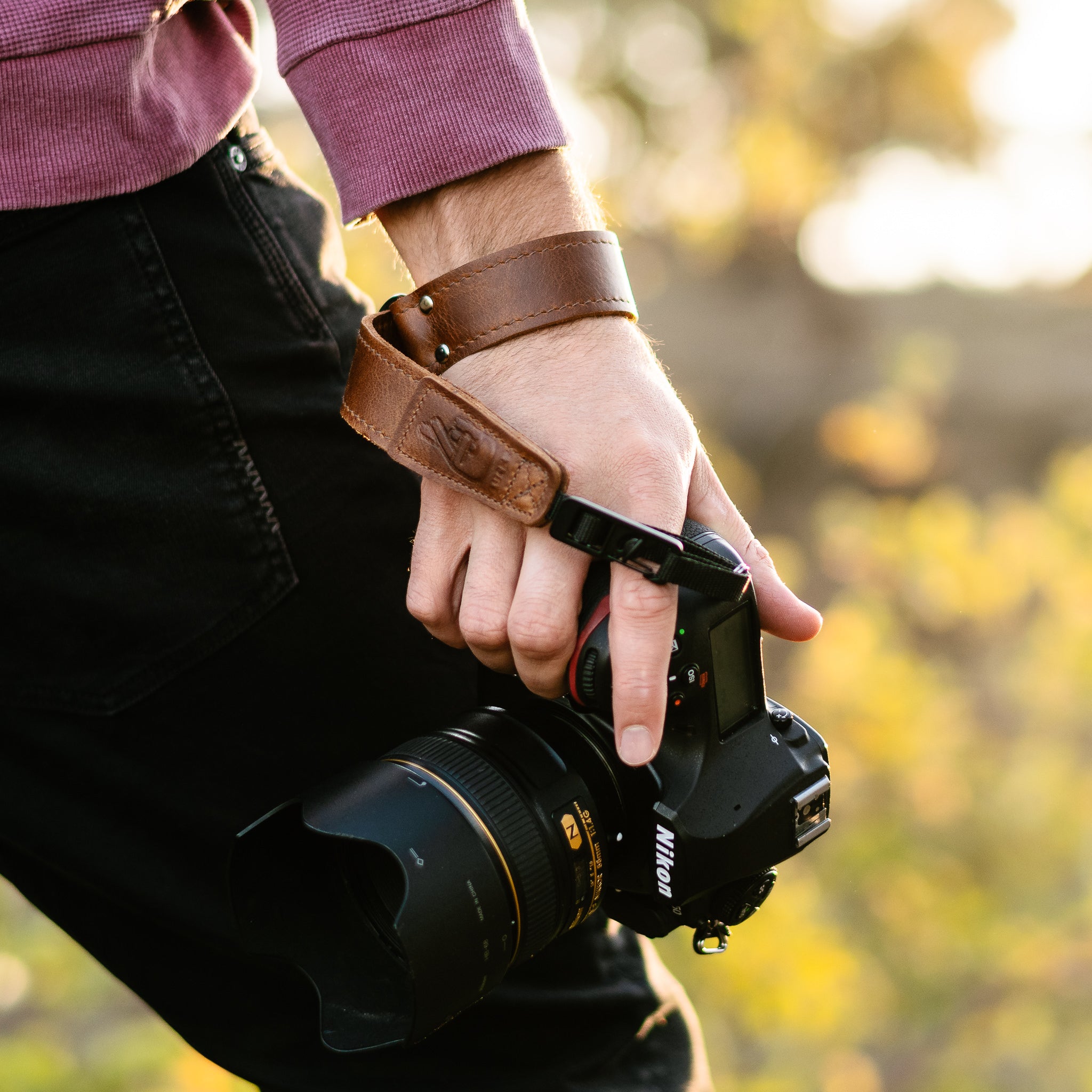
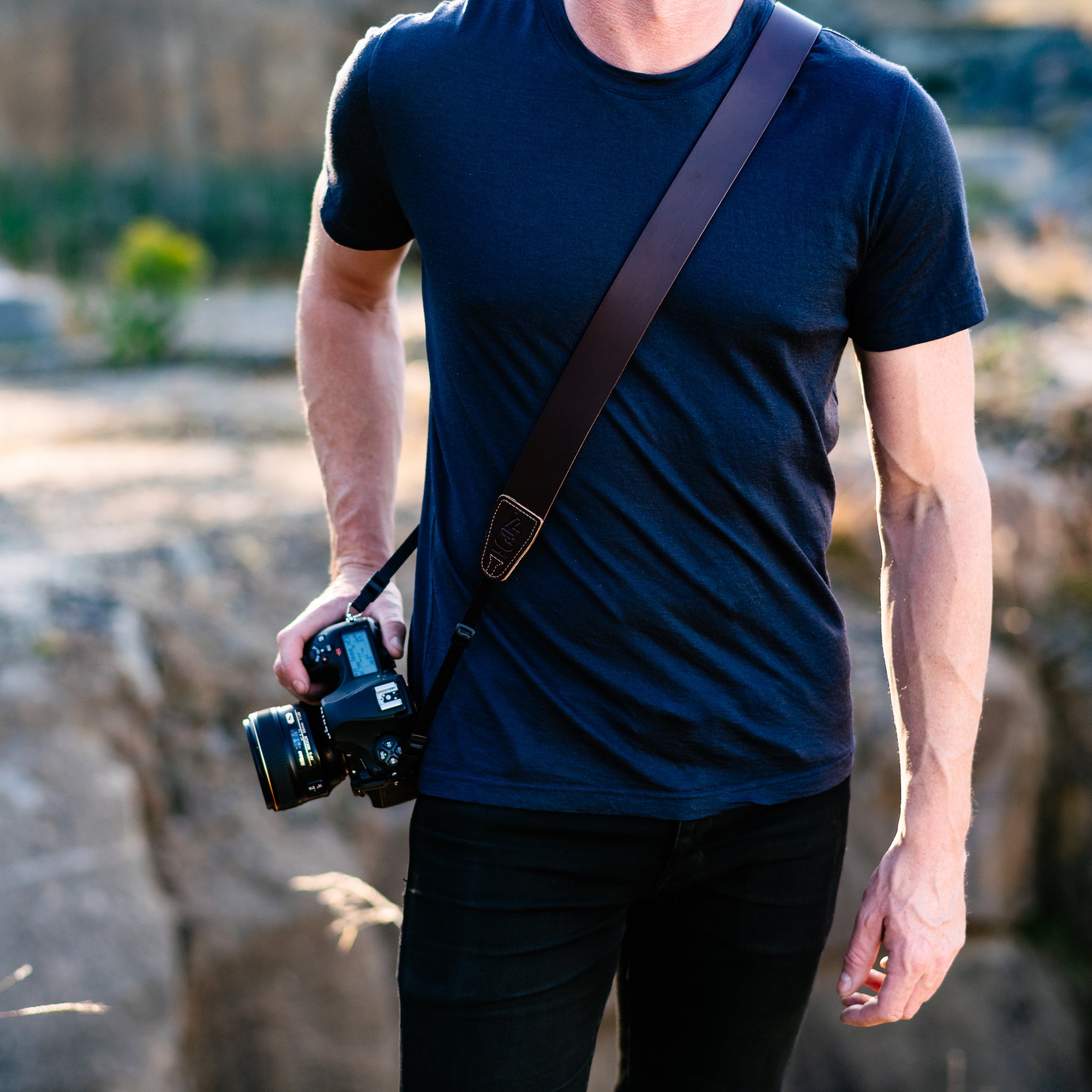
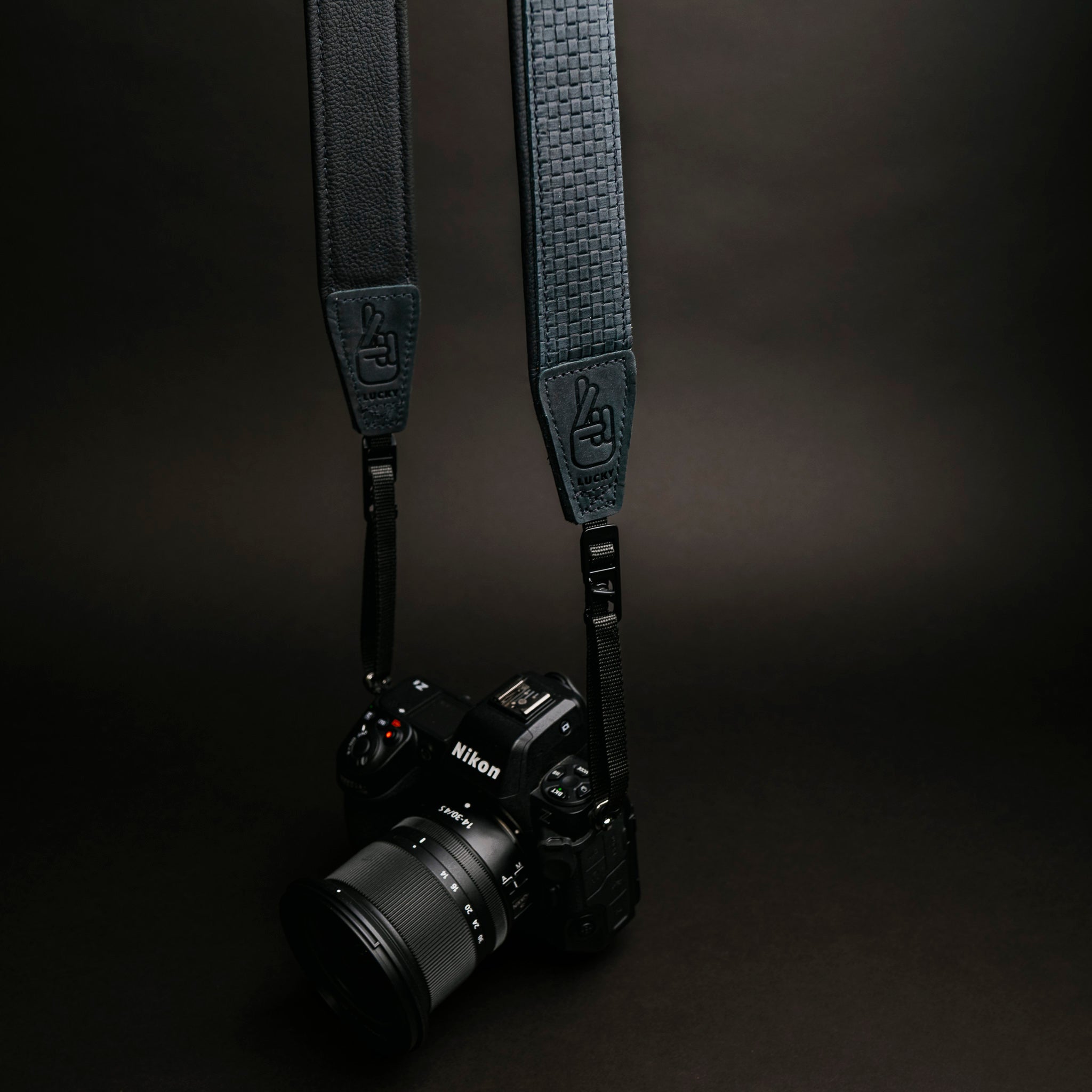
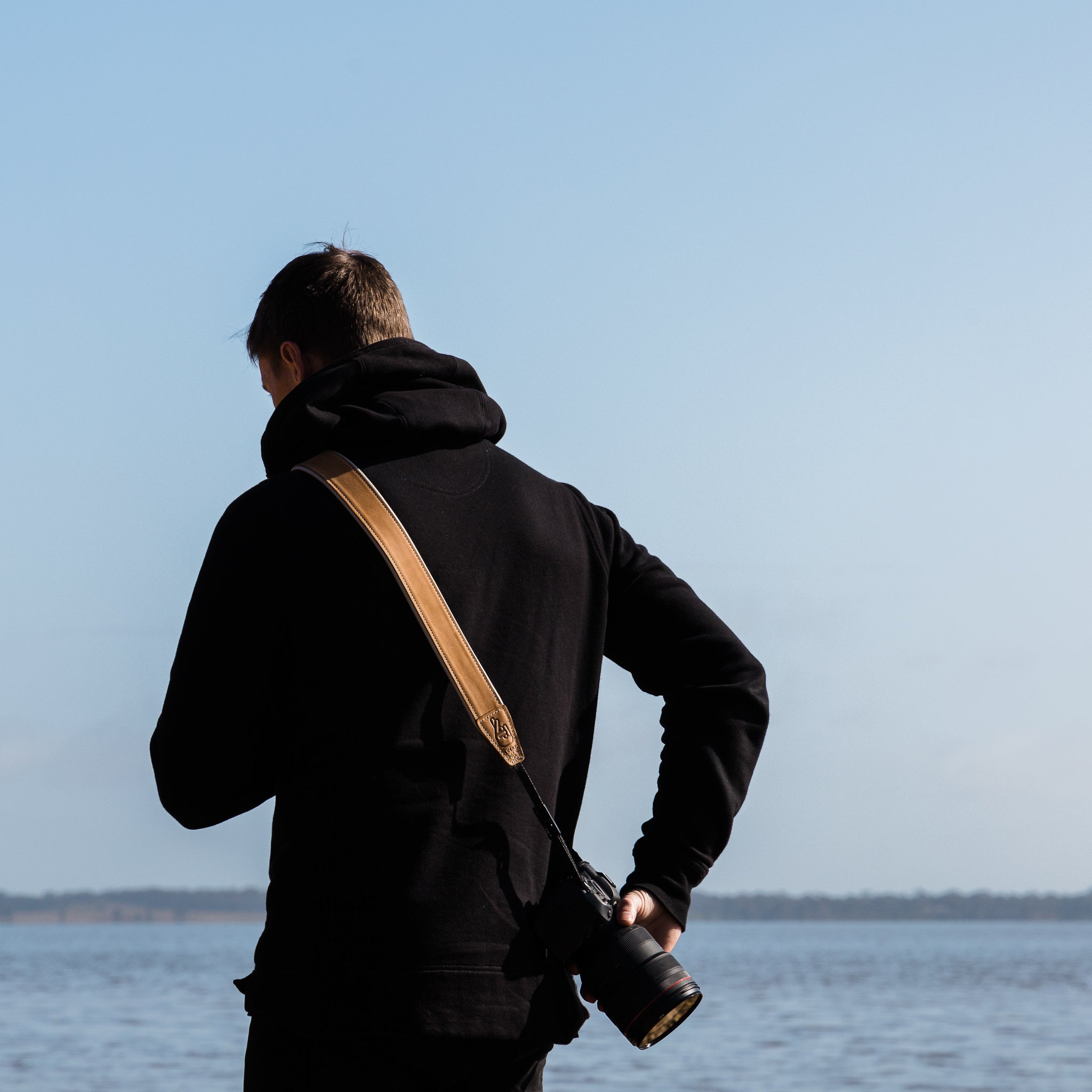
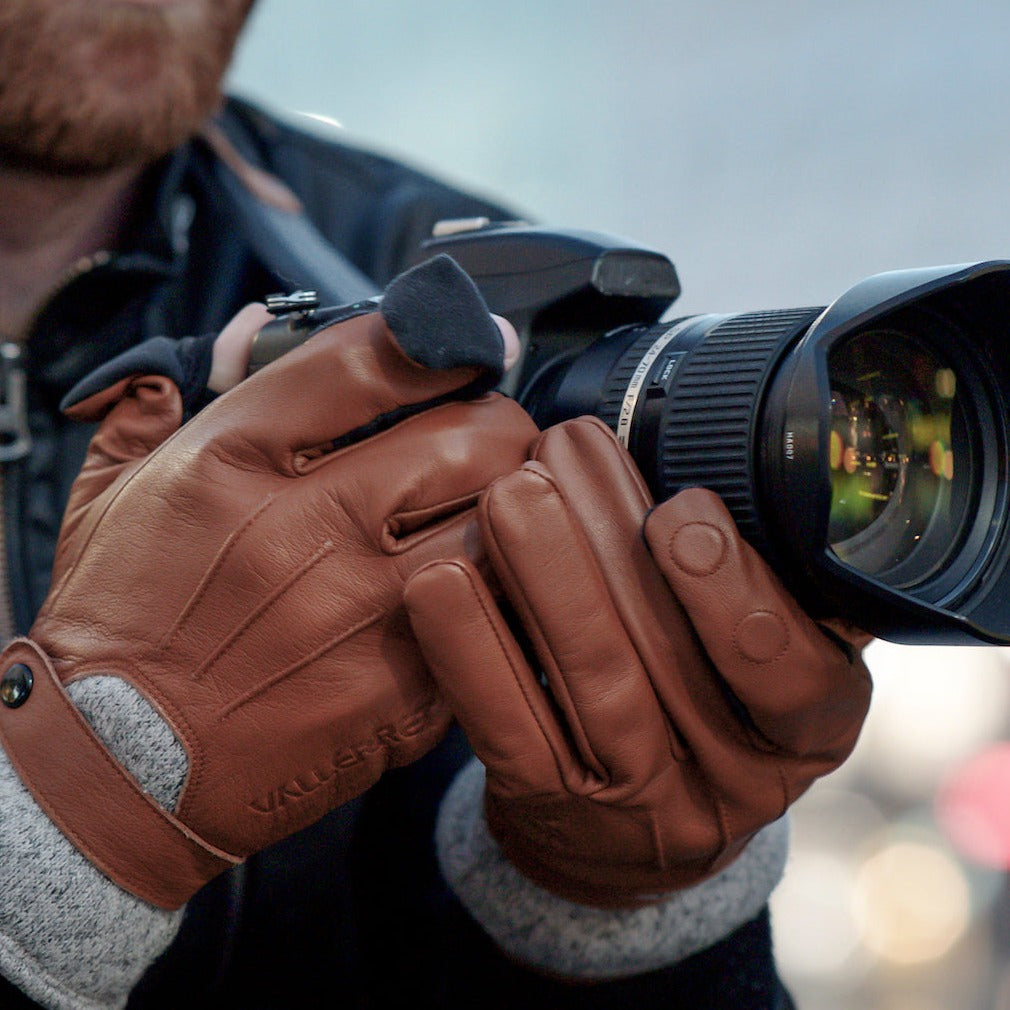
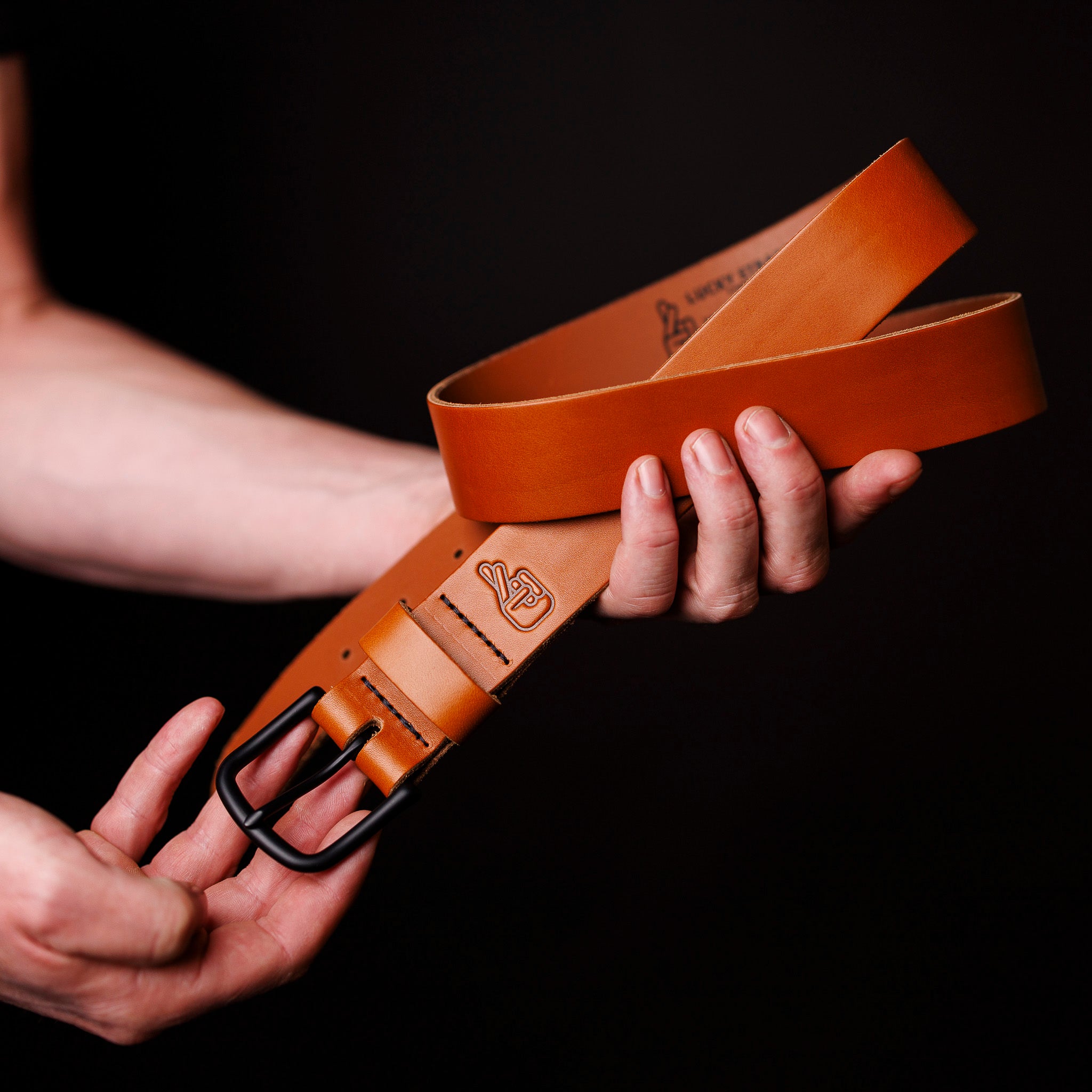
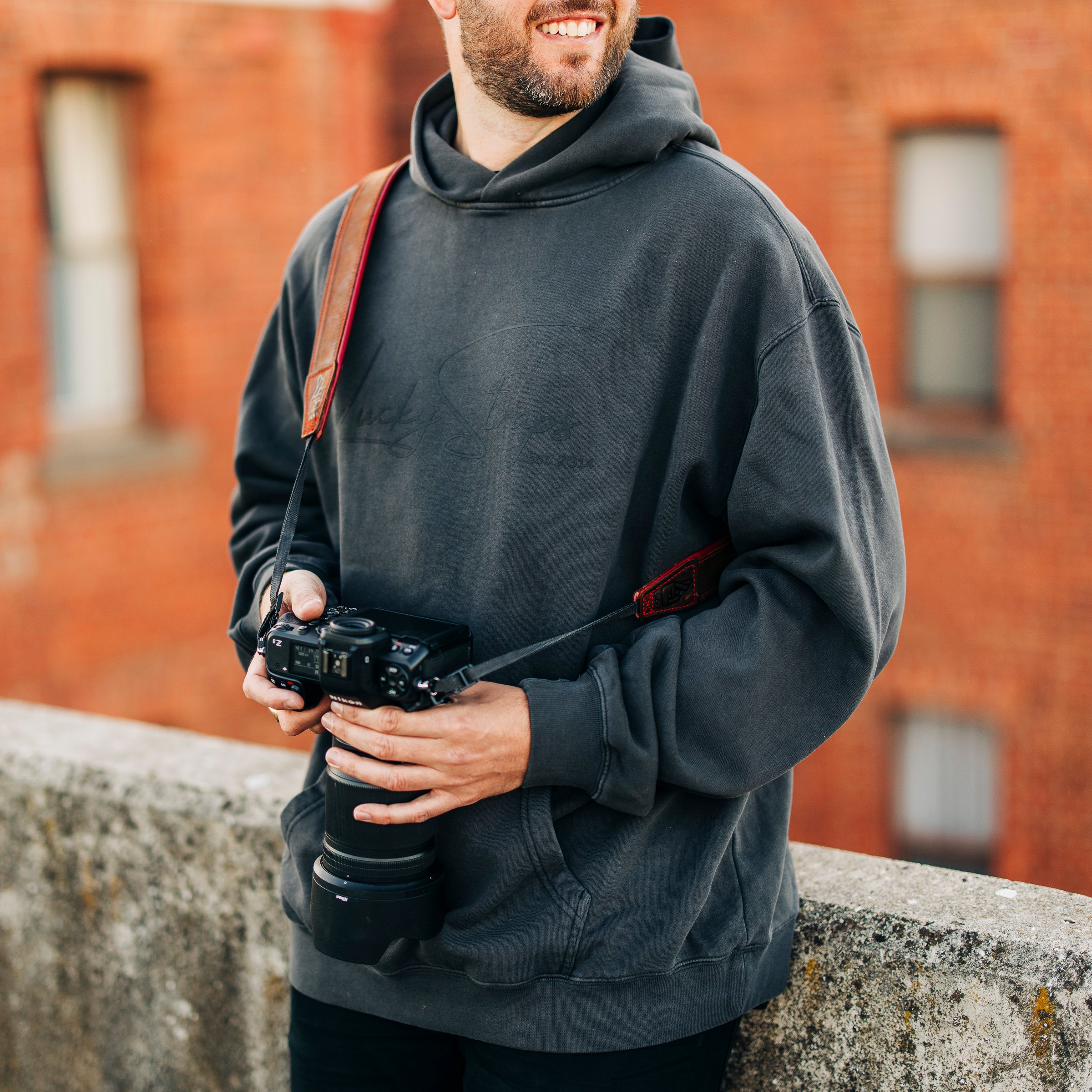
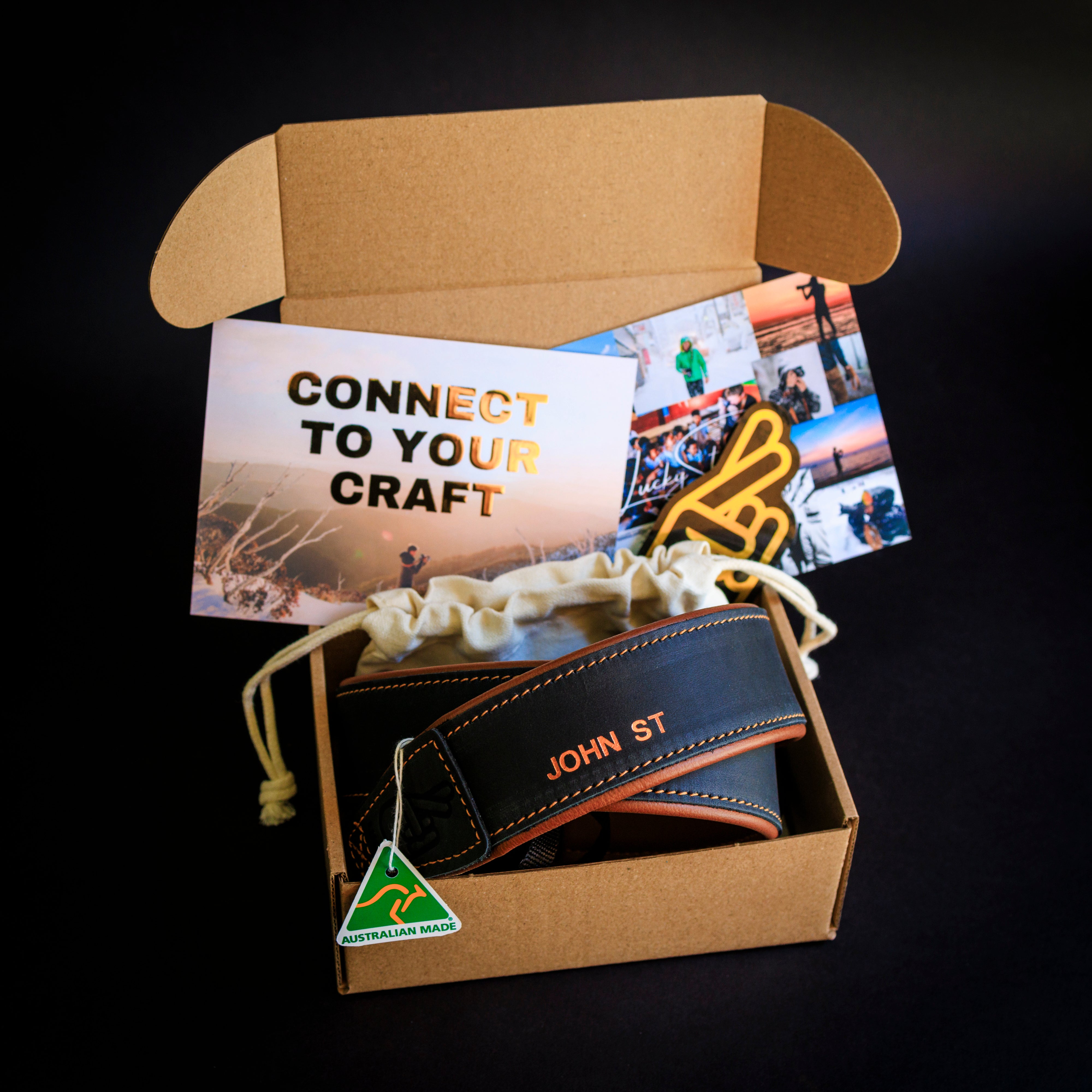

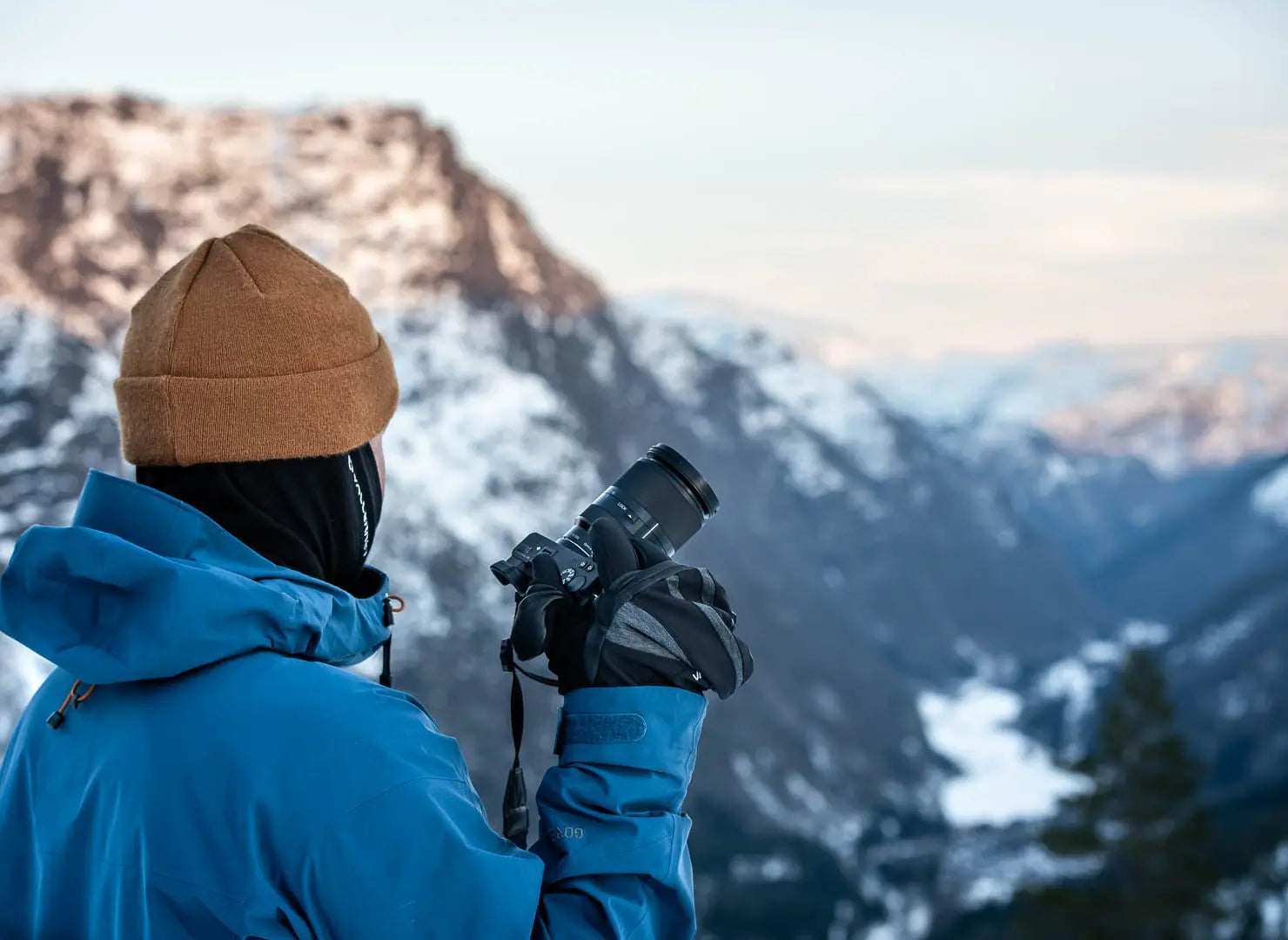
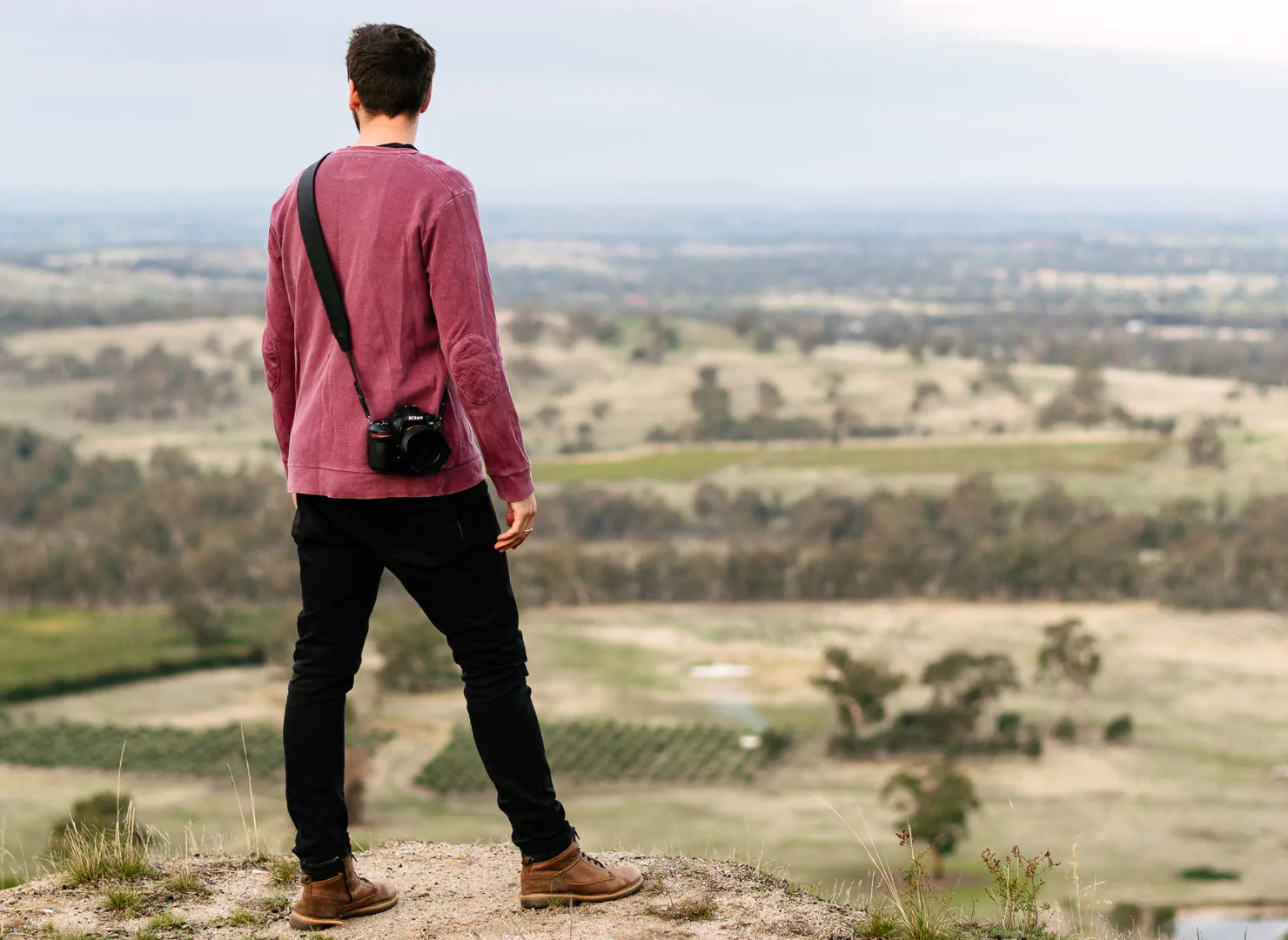
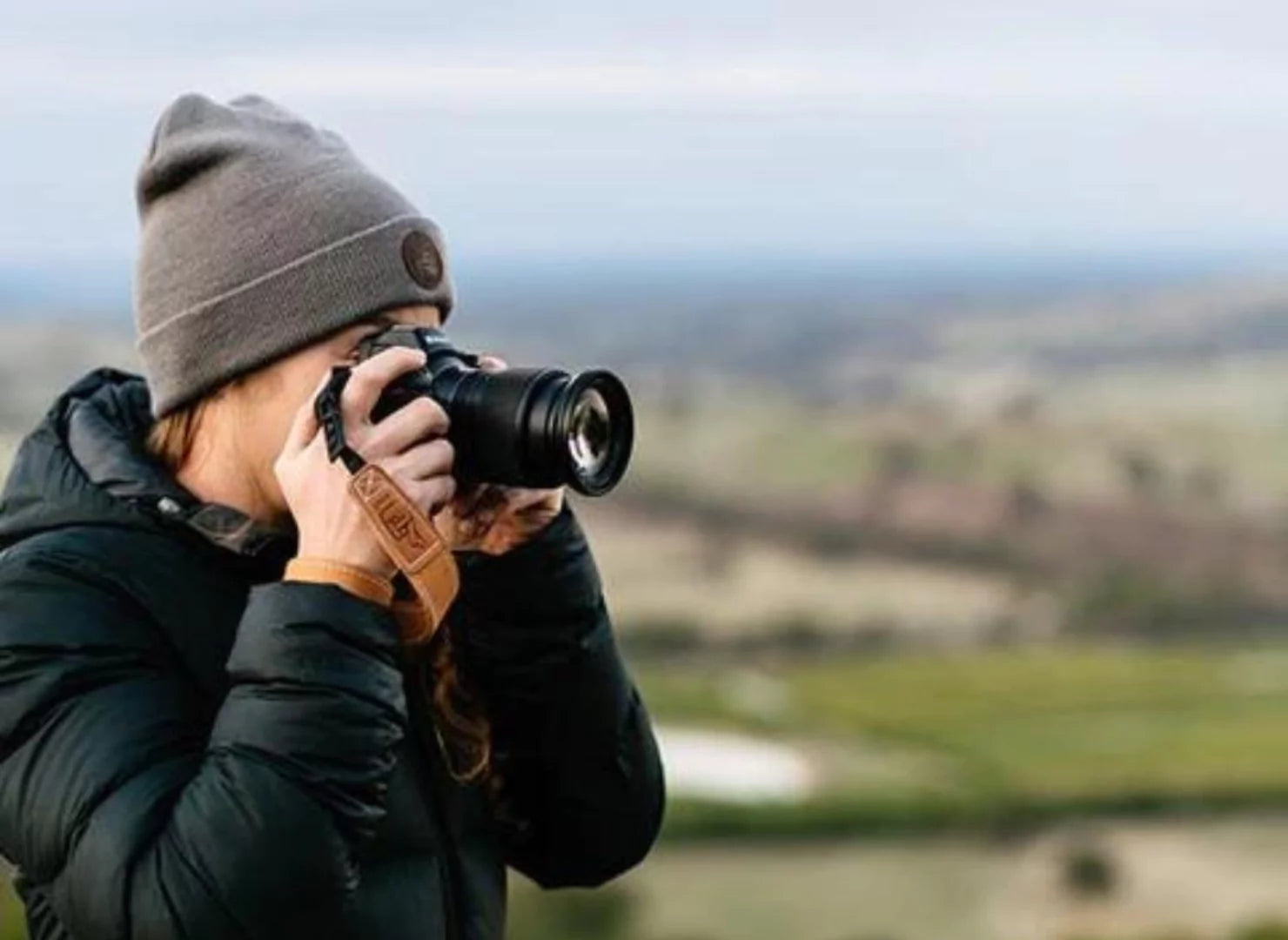
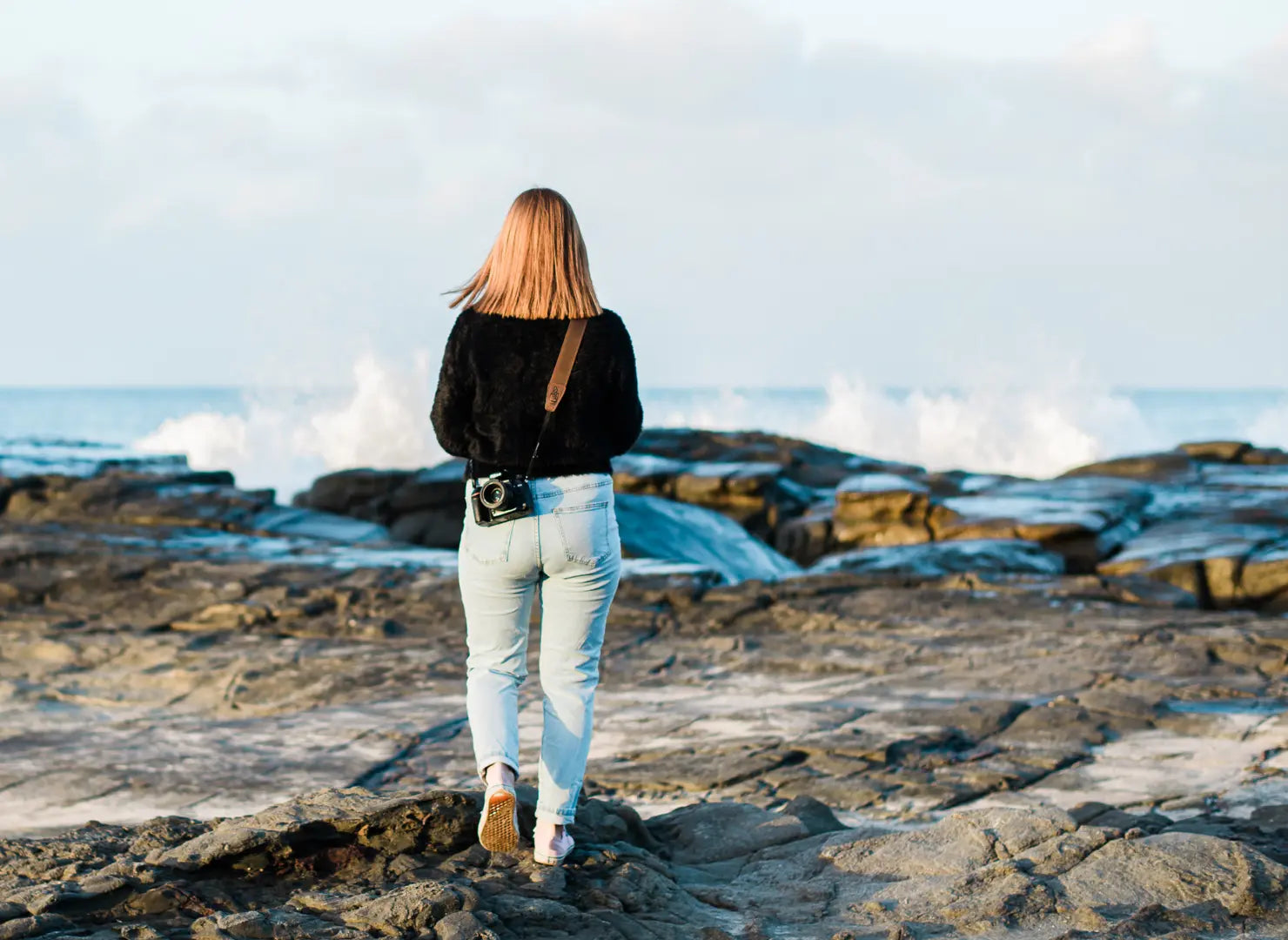
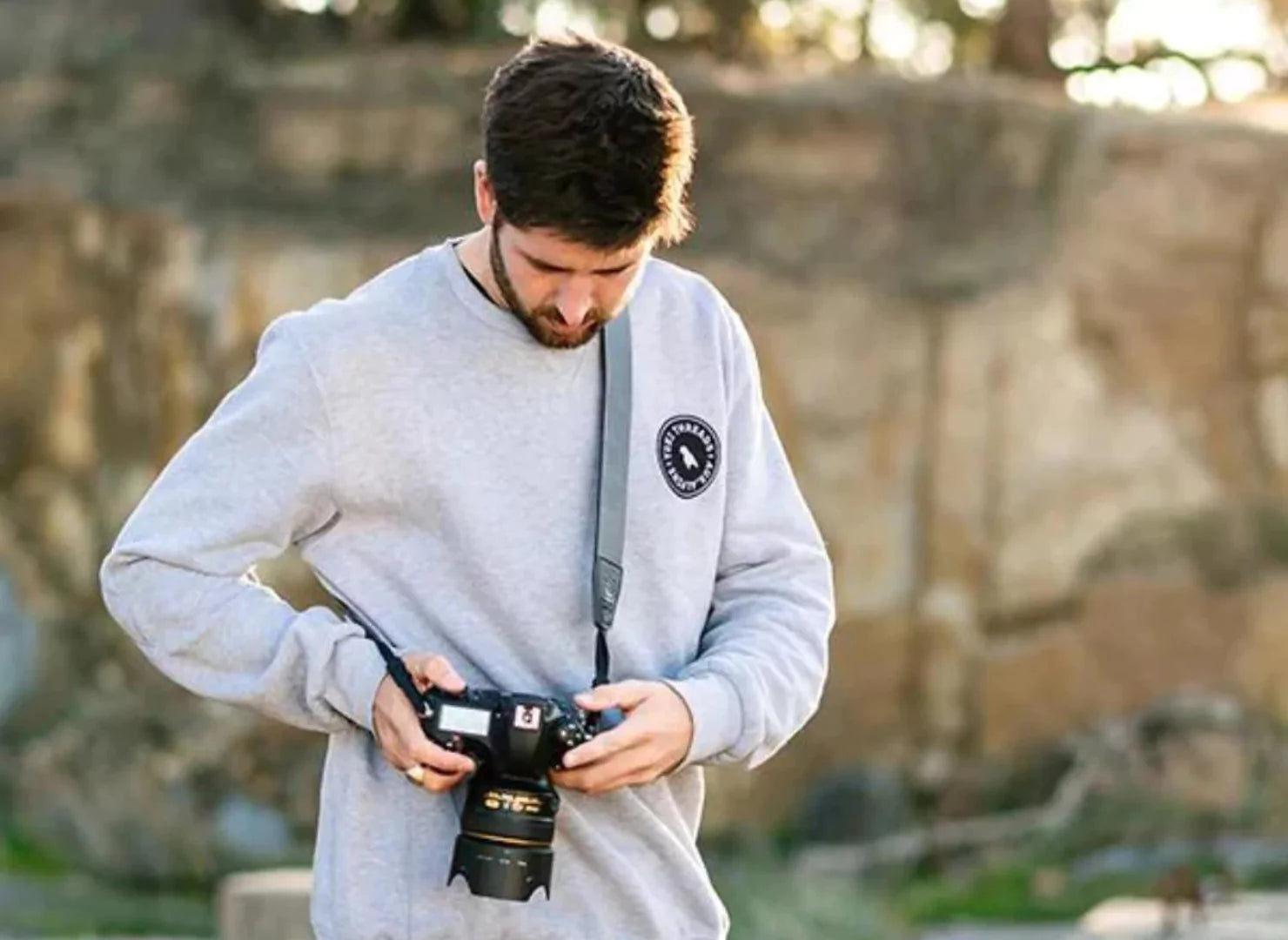

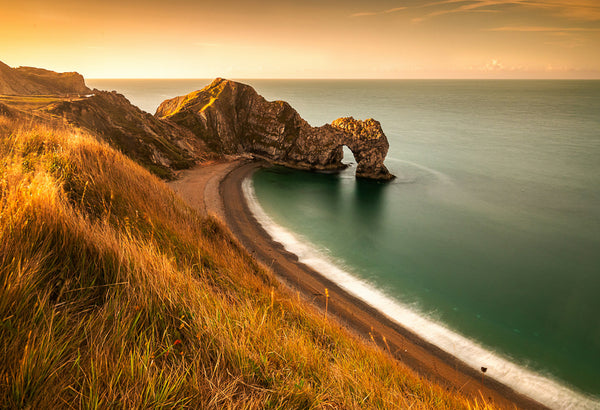




1 comment
Glynn Lewis
All makes sense! I tend to carry my Pentax 7 using a wrist strap (not one of yours that wraps over the back of my hand) for quick use, or one of your wide straps over the shoulder.
All makes sense! I tend to carry my Pentax 7 using a wrist strap (not one of yours that wraps over the back of my hand) for quick use, or one of your wide straps over the shoulder.